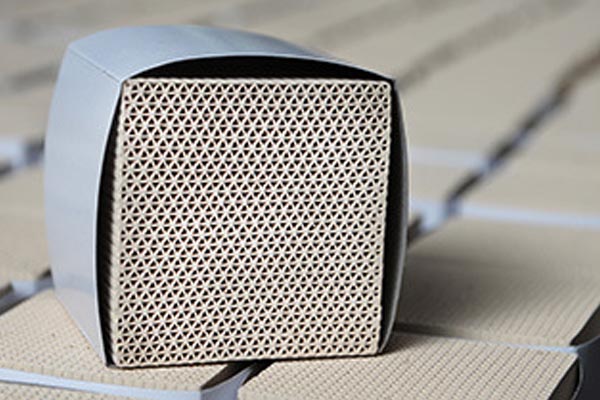
Honeycomb zeolite molecular sieve is an efficient molecular sieve carrier with good adsorption performance, no secondary pollution and high temperature regeneration. It is widely used in the fields of adsorption, separation, catalysis and environment, Sponge activated carbon major It is more suitable for the treatment of organic waste gas with large air volume and low concentration. It is widely used in the production of basic organic chemical industry and petrochemical industry, as well as in the treatment of harmful gases, SO2 NOx、CO、CO2,NH3,CCl4、 Purification of water vapor and gaseous hydrocarbon waste gas. Strong adsorption selectivity: molecular sieve materials with different properties and pore sizes are configured for the product according to the different components of organic waste gas, so as to achieve targeted and selective treatment of organic waste gas, meet the design requirements and meet the emission standards. 2. Strong adsorption capacity: even if the gas composition concentration is very low at the mg level, it still has the adsorption capacity. The efficiency is 50% higher than that of similar activated carbon. 3. Wide adaptability of adsorption temperature: at a higher temperature, it still has a large adsorption capacity, while other adsorbents are greatly affected by temperature, so under the same temperature, the adsorption capacity of molecular sieve is large. 4. Good regeneration temperature resistance: the concentration ratio of pollutants after adsorption and concentration by molecular sieve can reach 15 to 20 times, and the concentrated waste gas can be condensed and recovered or burned at high temperature as required 5. High strength: Sponge activated carbon production Products coming to the company use special framework materials to make the positive pressure strength of honeycomb zeolite reach more than 3Mpa, which can reduce damage during transportation and installation.
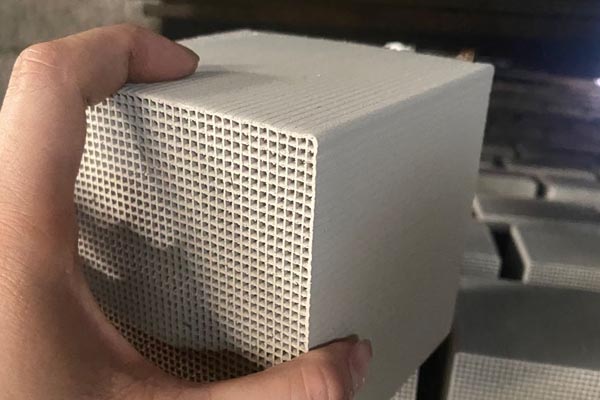
Sponge activated carbon major Since UCC scientists invented synthetic molecular sieves in the late 1940s, UOP's molecular sieve technology has changed with each passing day. Today, UOP molecular sieve is famous for its high efficiency, low consumption and reliability. With the high adsorption capacity of UOP molecular sieve, users may reduce the loading capacity of molecular sieve and extend the adsorption cycle. More importantly, with this advantage, users can significantly reduce their investment and operating costs and reduce energy consumption. This is particularly noticeable in today's increasingly tense energy. The adsorption or repulsion function of molecular sieves is affected by the molecular electricity. Synthetic zeolite has the special function of selective adsorption according to the size and polarity of molecules, so it can dry or purify gas or liquid, Sponge activated carbon Hunan This is also the basis for molecular sieve separation. Synthetic zeolite can meet the extensive demand of industry for adsorption and selective products, and is also widely used in industrial separation to synthesize zeolite molecular sieves. Advantages of UOP molecular sieve
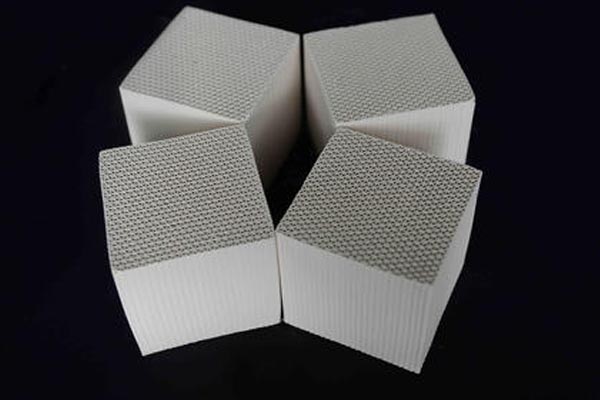
The main material of honeycomb zeolite adsorbent is natural zeolite. The zeolite manufacturer is an inorganic microporous material composed of sio2, al_2o_3 and alkaline metal or alkaline earth metal, Sponge activated carbon major Its inner pore volume accounts for 40-50% of the total volume, and its specific surface area is 100-500 m2/g. It is characterized by high temperature resistance, non flammability, good thermal stability and hydrothermal stability. It is an efficient molecular sieve carrier with good adsorption performance, no secondary pollution, and can be regenerated at high temperature. Compared with honeycomb activated carbon, its performance is about 25% of its efficiency, but it has high temperature resistance and is not easy to ignite Catalysis and environment are widely used, which is more suitable for the treatment of organic waste gas with large air volume and low concentration. Zeolite adsorbent products include microporous adsorbent and mesoporous adsorbent. Sponge activated carbon production (1) Microporous molecular sieves with molecular apertures below 2 nm, mesoporous molecular sieves with molecular apertures above 50 nm (macroporous molecular sieves with molecular apertures above 50 nm), mesoporous molecular sieves have high specific surface area, regular and orderly pore structure, narrow pore size distribution, continuous and adjustable pore size and other characteristics, which make it difficult to complete the adsorption and separation of macromolecules in many microporous molecular sieves, And catalytic reaction. (2) Therefore, molecular sieve materials with different properties and pore sizes shall be configured according to the different components of organic waste gas during selection, so as to achieve targeted organic waste gas treatment, meet the design requirements and emission standards.
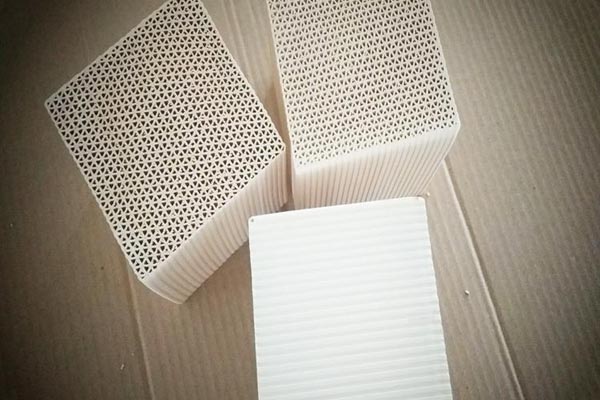
High silica zeolite type molecular sieves, this kind of zeolite has a series, and ZSM-5 is widely used, with ZSM-8 and ZSM-11 having the same structure; The other group is ZSM-21, ZSM-35 and ZSM-38. ZSM-5 is often called high silica zeolite, with the Si/Al ratio up to 50 and ZSM-8 up to 100. This group of molecular sieves also shows hydrophobic characteristics. Sponge activated carbon production Their structural units are similar to those of mordenite, consisting of pairs of five membered rings, with no cage like cavities and only channels. ZSM-5 has two sets of cross channels, one is straight through, the other is zigzag perpendicular to each other, both formed by ten yuan rings. The channel is oval and its window diameter is (0.55-0.60) nm. Sponge activated carbon major Zeolites belonging to the high silicon group also have silicalite-1 of all silicon type, which has the same structure as ZSM-5, and silicalite-2 is the same as ZSM-11.
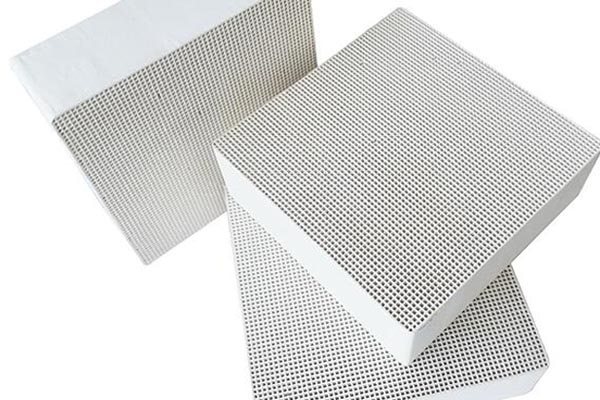
Sponge activated carbon major There are cavities and channels in the crystal structure of zeolite with large adsorption capacity, whose volume accounts for more than 50% of the total volume of zeolite crystals. Moreover, the micropores of zeolite are evenly distributed, and the pore size is small, which is equivalent to the molecular size of general substances. The internal surface area of zeolite crystals can reach more than 1000 square meters. Therefore, the adsorption capacity of zeolite is particularly large. The main material of honeycomb zeolite adsorbent is natural zeolite. The manufacturer of zeolite is composed of silica Inorganic microporous material composed of al_2o_3 and alkaline metal or alkaline earth metal, with inner pore volume accounting for 40-50% of the total volume and specific surface area of 100-500 m2/g, is characterized by high temperature resistance, non flammability, good thermal stability and hydrothermal stability. It is an efficient molecular sieve carrier with good adsorption performance, no secondary pollution, and can be regenerated at high temperature. Compared with honeycomb activated carbon, its performance is about 25% of its efficiency, However, it is widely used in the fields of adsorption, separation, catalysis and environment due to its high temperature resistance and difficult ignition. It is more suitable for the treatment of organic waste gas with large air volume and low concentration.

Molecular sieve has clear pore cavity distribution, extremely high internal surface area (600m2/s), good thermal stability (1000 ℃), and adjustable acid site center. The acidity of molecular sieve mainly comes from three coordinated aluminum atoms and aluminum ions (AlO)+on the framework and in the pores. OH based acid sensitive site center on molecular sieve HY obtained by ion exchange, Sponge activated carbon Hunan The aluminum ions outside the framework will strengthen the acid site and form the L acid site center. Polyvalent cations such as Ca2+, Mg2+and La3+can show the acid site center after exchange. The reduction of transition metal ions such as Cu2+and Ag+can also form acid site centers. In general, the higher the Al/Si ratio, the higher the specific activity of OH group. The modification of zeolite acidity can introduce protons through direct exchange of dilute hydrochloric acid. This method often leads to dealumination of molecular sieve framework. So NaY will become NH4Y and then HY. Because there are uniform small internal pores in the molecular sieve structure, when the molecular linearity of reactants and products is close to the pore size of the crystal, the selectivity of the catalytic reaction often depends on the corresponding size of the molecule and pore size. Sponge activated carbon major This selectivity is called shape selective catalysis. There are two mechanisms leading to shape selectivity. One is caused by the difference of diffusion coefficient of molecules participating in the reaction in the pore cavity, which is called mass transfer selectivity; The other is caused by the space limitation of the transition state of the catalytic reaction, which is called transition state selectivity.





